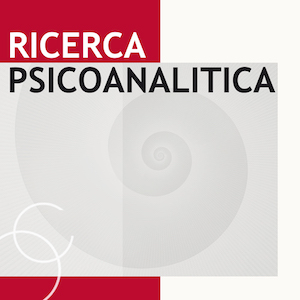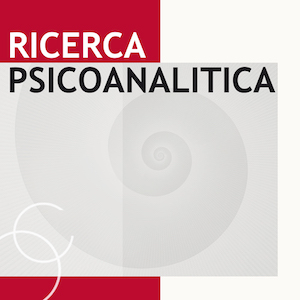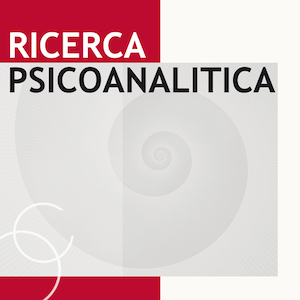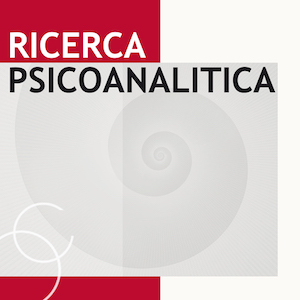Focus: In dialogue with neuroscience
Vol. 36 No. 1 (2025)
Psychotherapy and cognitive and neuronal plasticity. The social brain and post-traumatic stress disorder. Notes on The interpreter by M. Gazzaniga
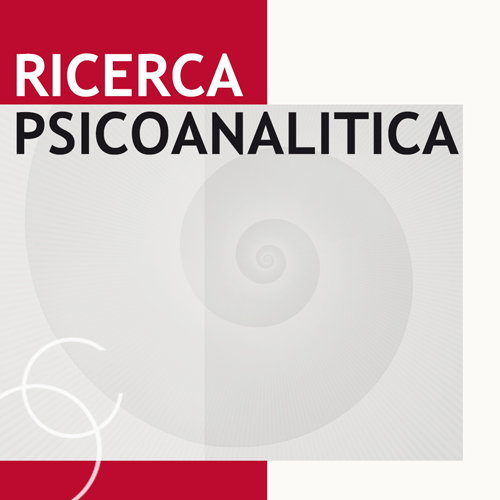
Publisher's note
All claims expressed in this article are solely those of the authors and do not necessarily represent those of their affiliated organizations, or those of the publisher, the editors and the reviewers. Any product that may be evaluated in this article or claim that may be made by its manufacturer is not guaranteed or endorsed by the publisher.
All claims expressed in this article are solely those of the authors and do not necessarily represent those of their affiliated organizations, or those of the publisher, the editors and the reviewers. Any product that may be evaluated in this article or claim that may be made by its manufacturer is not guaranteed or endorsed by the publisher.
Received: 25 October 2023
Accepted: 8 January 2024
Accepted: 8 January 2024
985
Views
856
Downloads








